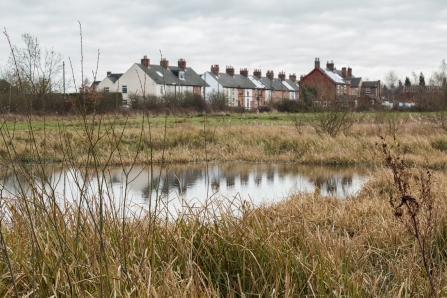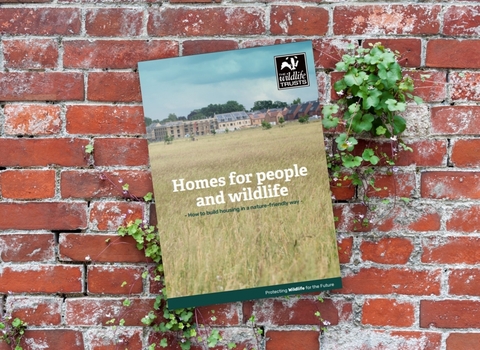Warwickshire Wildlife Trust is seriously concerned regarding the recent proposed changes to the planning system through the Government’s consultation document - ‘White Paper, Planning for the Future’.
Jennie Johnson, Planning and Biodiversity Officer at Warwickshire Wildlife Trust says: "We have a number of concerns regarding the new proposals, specifically rushing the process and not engaging environmental bodies in full. As well as making it easier to build on brownfield sites, which covers a significant area in Warwickshire and often become important sites for flora and fauna and for protected species. We are concerned regarding changes to the Community Infrastructure Fund, which may reduce the amount of biodiversity offsetting funds available locally in Warwickshire. Housing plans would also be rushed through, rather than have a thorough consultation that engaged the local environmental groups and fully considered the wider impact on the local environment and biodiversity."
"Warwickshire has an important network of green spaces and living landscapes which we work hard to promote and enhance. Speeding up and simplifying the planning process could mean that important assessments and proposals are rushed through, resulting in long term impacts on wider green infrastructure."
"While we support the preservation of valued green spaces, the Green Belt, encouragement of tree lined streets, as well as all new homes to be ‘zero carbon ready’, there’s already a high development pressure in Warwickshire. There are therefore serious concerns regarding allowing ‘Permission in principle’ on major developments, new allocation categories to speed up the process and ‘Renewal areas’ which would lead to development being rushed without protected species being fully considered and nature networks and important local wildlife sites being overlooked."


